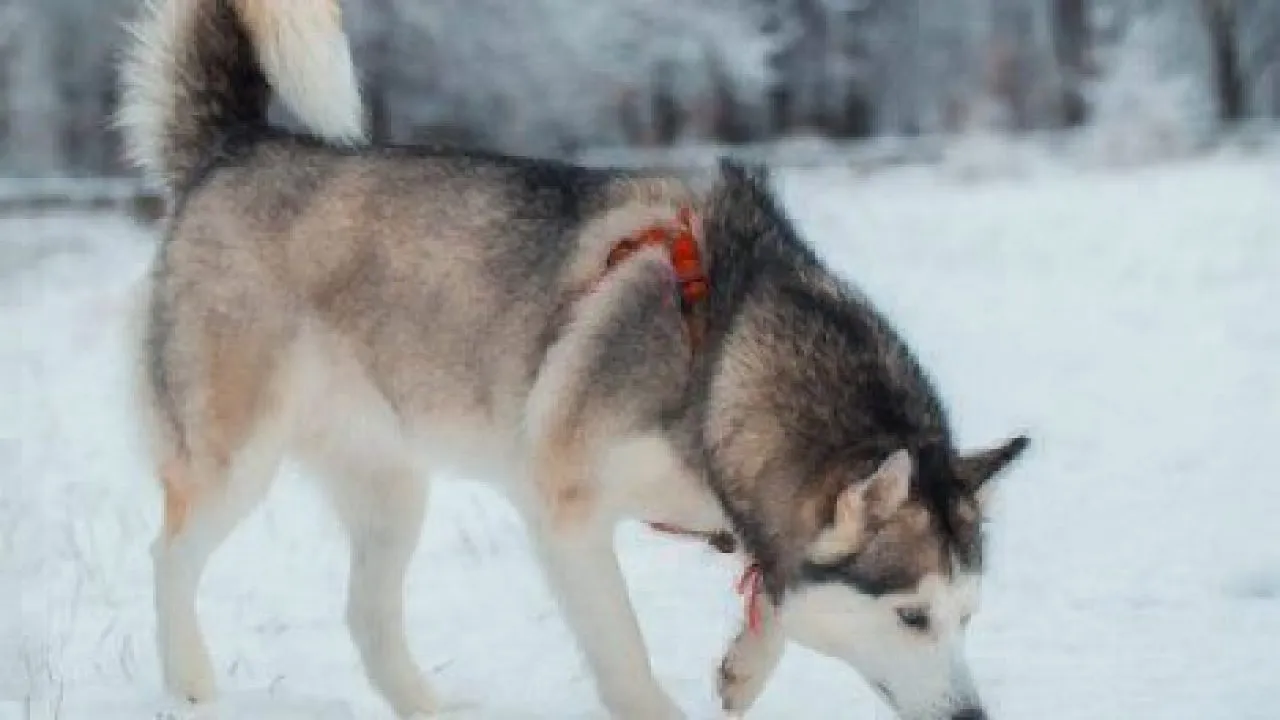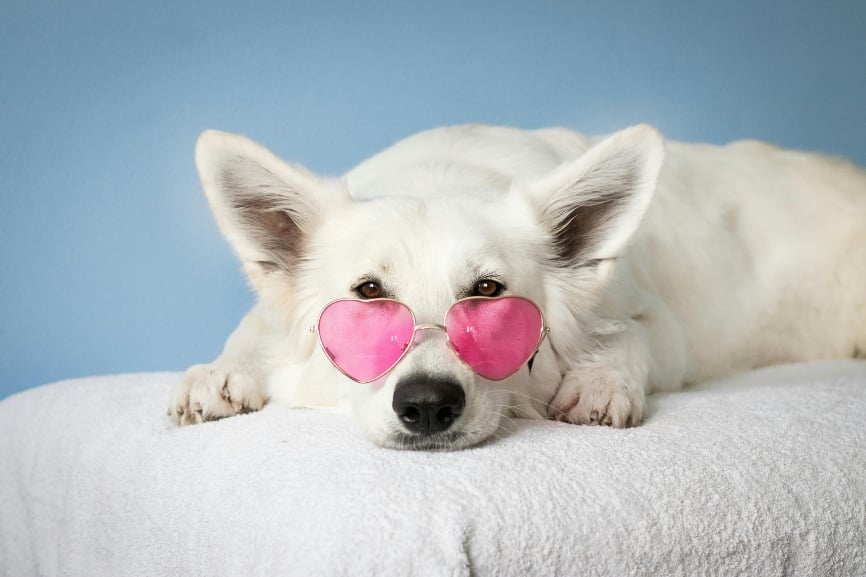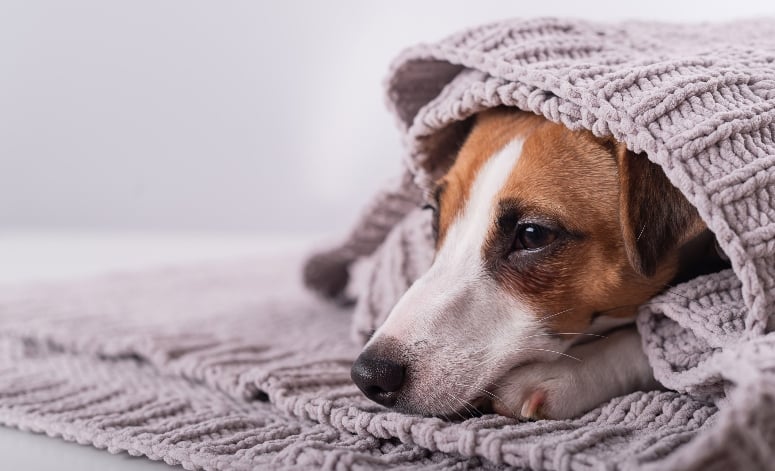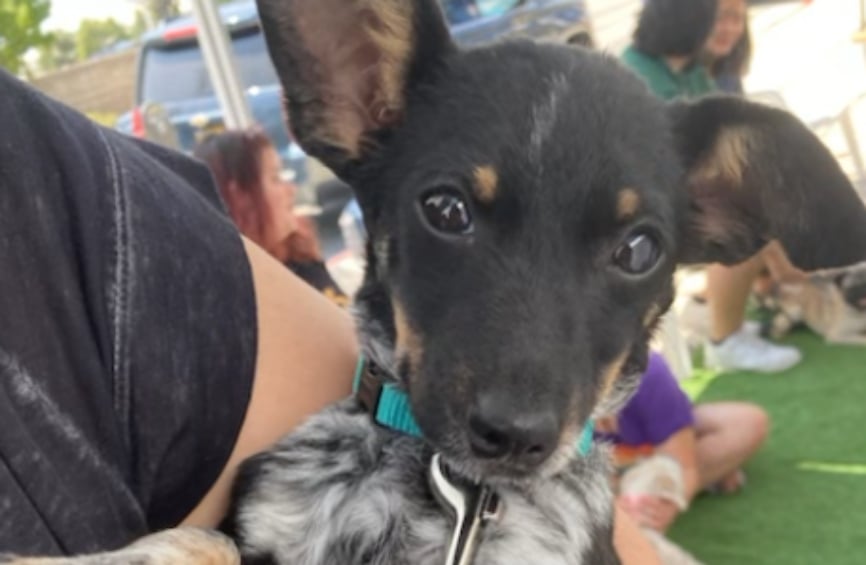Table of Contents
When you take your dog for a walk or send him into the yard, you’ve probably noticed he immediately puts his nose to work tracking squirrels, rabbits and the meter man. Airflow, moisture, temperature and density all influence how easily he tracks a smell.
A little science on dog’s sense of smell
An amazing feat of evolution, the dog’s nose is capable of distinguishing more than 1,000 individual chemical odorants. The dog’s nose surpasses the human nose at least 10,000 times over. In addition to a proportionately large nasal cavity, the dog also possesses a special organ called the vomeronasal organ. The VMO helps the dog distinguish between organic smells and inorganic smells. For organic smells, it provides biological information on, gender, species, health status, mood and more, giving the dog a complete picture of the animal they are smelling.
How scent moves
To get an idea of how scent travels in the air, fill a glass with water, then place two to three drops of food coloring into the glass. Watch how it changes. It moves from high to low elevation, gets caught in swirls of movement and dissipates as it moves further away from the origination point.
Moisture and temperature effects on scent
Moisture and temperature affect the strength of scents as well as how quickly they dissipate. Water vapor traps scent molecules, enhancing the odor they release and retarding their diffusion into the air. When the temperature drops, air and scent molecules become more dense, resulting in a higher concentration of smell per square inch. This is because scent molecules move closer together when cold. The combination of moist, cool air results in scent that is heavy and closer to the ground. This makes it much easier for a dog to track the smell.
The effect of cold on scent
While it is true that cool, moist air makes it easier for dogs to smell and track odor, it is also true that air can be too cold for scent. This is because as temperatures continue to drop, the moisture in the air freezes to a solid. Eventually, the scent becomes trapped in dry solids and cannot be detected easily by the dog. It is for this reason that dogs may have trouble tracking in subzero temperatures but do well on cool, rainy days.
Want to learn more about your pup? Check out Scent Games for Dogs, Smells That Repel Dogs, and Can Dogs Smell Their Way Back Home? at Cuteness.com!
This article is provided by Cuteness—the go to destination for passionate pet parents. Cuteness has answers to all of your health, training, and behavior questions – as well as the cutest, funniest, and most inspiring pet stories from all over the world.







